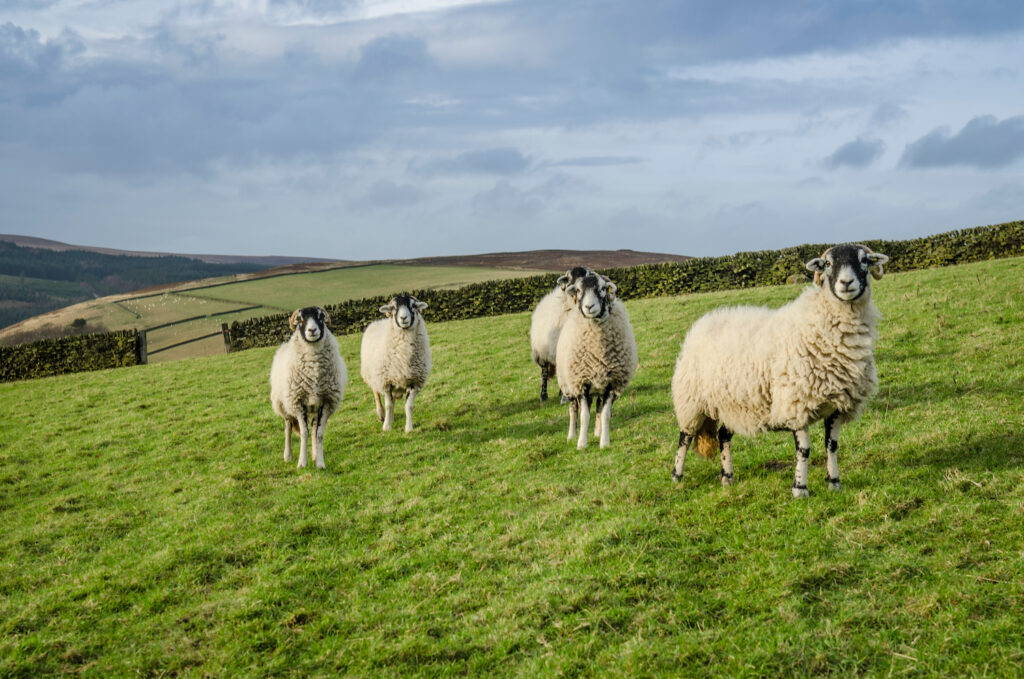‘Significant changes’ to gross margins as a result of Ukraine conflict, handbook shows
19th October 2022
The Russian invasion of Ukraine has led to a significant rise in input costs for both the livestock and arable sectors in the UK, hitting livestock gross margins particularly hard due to the high cost of feed, the new Farm Management Handbook shows.
Russia’s invasion of Ukraine has had a considerable impact on UK agriculture and the wider economy, largely due to increased energy, fuel, and fertiliser costs.
As noted in the 2022/23 edition of the Farm Management Handbook, fertiliser prices have more than tripled since 2021, with grain prices also elevated well above last year’s levels. As a result, farm businesses came under significant strain, compounded by the hike in energy and fuel prices.
Editor Alastair Beattie, agricultural consultant at SAC Consulting, part of Scotland’s Rural College (SRUC), commented: “Just when it appeared life was beginning to return to some form of normality in the wake of the Covid-19 pandemic, February 2022 saw Russian forces invade Ukraine, triggering turmoil in gas and energy markets around the world, and raising concerns over food security.
“The Russian invasion of Ukraine has hit the agricultural sector hard, most notably because of the high level of reliance on Russian gas for energy requirements in western European economies. It has also produced serious knock-on consequences for agricultural supply industries, such as the fertiliser trade.”
While the crisis has led to higher input costs for farmers, the value of outputs has also increased in the dairy, beef, and sheep sectors, this year’s handbook notes.
However, gross margins for beef farmers have still reduced throughout the industry, as the rise in variable costs has far outweighed the increase in beef prices. Whereas, the sheep and arable sectors showed mixed results depending on various factors like the farm system or type of crops being grown.
Meanwhile, gross margins in the dairy industry have shown improvement over the past year due to the increase in farmgate milk prices making up for the variable cost rise.
With that being said, an increase in gross margins is not a direct indicator of improved farm profitability, SAC Consulting points out. Gross margins are calculated by deducting only variable costs, such as vet bills, fertiliser, feeds, seed and sprays from the overall output. Fixed costs such as labour, energy, machinery, and rent represent additional expenses not included in these figures.
The 2022/23 Farm Management Handbook, published by the Scottish Government’s Farm Advisory Service and edited by SAC Consulting, can be found here. A printed version will soon be available shortly from SAC Consulting, for £30 plus postage and packaging.

